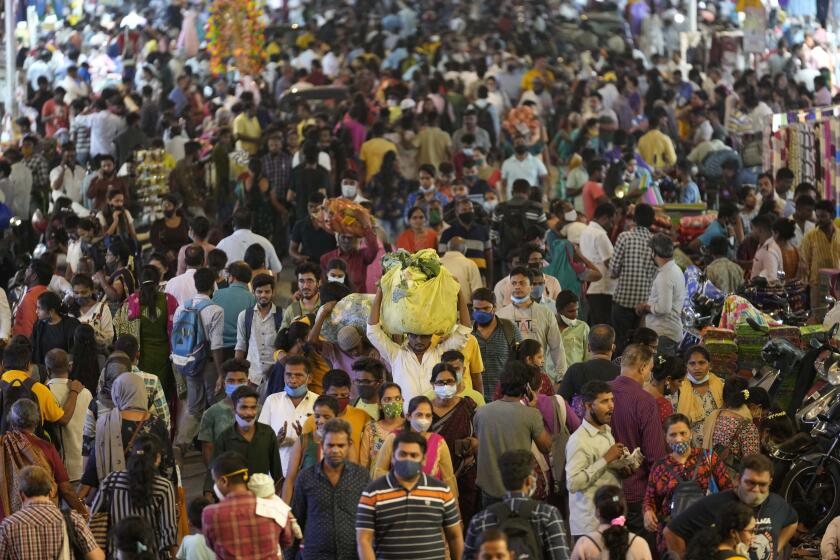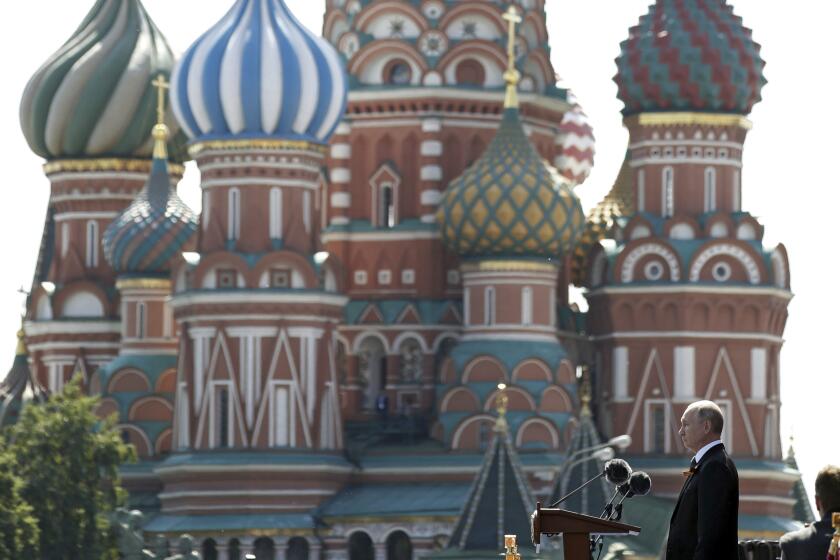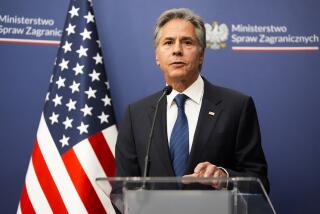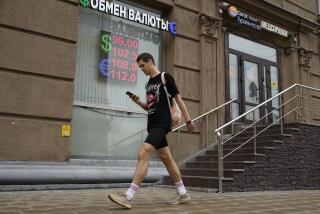Russian stock market resumes trading under heavy restrictions
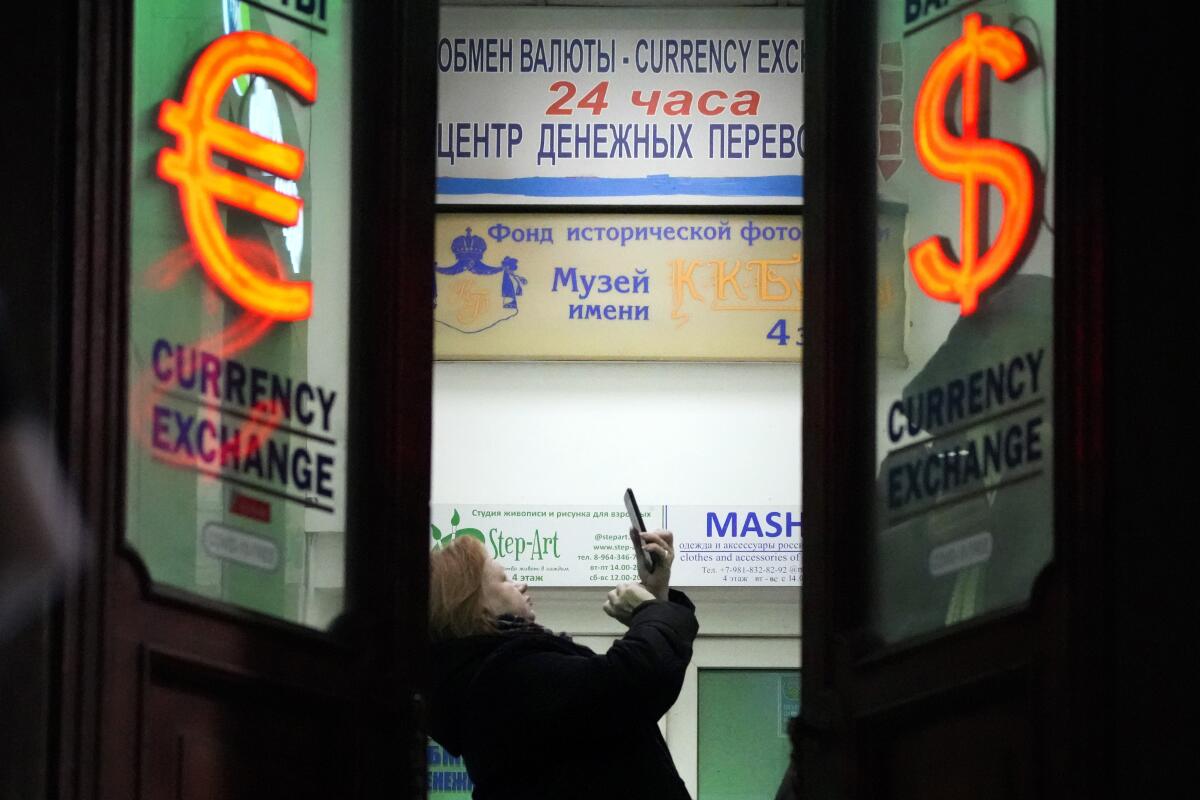
- Share via
NEW YORK — The Russian stock market resumed limited trading Thursday under heavy restrictions almost one month after prices plunged and the market was shut down after Moscow’s invasion of Ukraine.
Trading of a limited number of stocks including energy giants Gazprom and Rosneft took place under curbs that are meant to prevent a repeat of the massive selloff that took place Feb. 24 in anticipation of Western economic sanctions. Foreigners cannot sell and traders are barred from short-selling, or betting prices will fall.
The benchmark MOEX index gained 8% in the first minutes of trading.
The reopening of stock trading on the Moscow Exchange has little impact on investors outside Russia. Its market capitalization is a fraction of that of major Western or Asian markets.
Foreign investment managers lost one reason to buy Russian stocks after MSCI Inc. declared the market to be “uninvestable” after the Feb. 24 Russian invasion and removed it from global indexes.
The U.S. and Europe, and the West’s allies, want Russia to pay a harsh economic price for invading Ukraine. But some elsewhere say: Not so fast.
Hundreds of U.S., European and Japanese companies have pulled out of Russia.
There have been bank runs and panic buying of sugar and other staples. The exchange rate of Russia’s ruble has tumbled.
Foreigners are barred from selling shares under rules imposed to counter Western sanctions against Russia’s weakening financial system and currency.
Trading will be allowed in 33 of the 50 companies that are part of the MOEX index, including air carrier Aeroflot, state-owned gas producer Gazprom and oil giant Rosneft, according to a central bank announcement.
Stocks last traded in Moscow on Feb. 25. A day earlier the MOEX sank 33% after Russian forces invaded Ukraine.
Moscow’s stock exchange had a market capitalization of about $773 billion at the end of last year, according to the World Federation of Exchanges. That is dwarfed by the New York Stock Exchange, where the total of all equities is roughly $28 trillion.
Russia owes billions to foreigners in dollar-denominated bonds but might fail to pay up because of the heavy sanctions on it from the war on Ukraine.
Russia’s central bank relaunched trading in ruble-denominated government bonds this week.
The central bank estimates that roughly 7.7 trillion rubles, now equal to about $76 billion, of Russia’s stock was owned by retail investors as of late 2021.
Russia’s government may intervene to support its companies and investors. Prime Minister Mikhail Mishustin said March 1 that the country’s National Wealth Fund would purchase up to $10.2 billion in Russian shares by the end of the year.
Before the war, foreign investors were showing growing interest in Russian stocks as an emerging markets opportunity. But roughly a week into the war, Russia was removed from emerging markets indexes compiled by MSCI, a division of Morgan Stanley.
MCSI said that after consultation with a large number of asset managers it determined the Russian stock market to be uninvestable. That took away a primary incentive for fund managers to invest there.
On March 3, the London Stock Exchange suspended trading in shares of 27 companies with links to Russia, including some of the biggest in energy and finance.
The shares lost most of their value prior to the suspension.
Rosneft shares dropped from $7.91 on Feb. 16 to 60 cents on March 2. Sberbank plunged from $14.90 to 5 cents.
More to Read
Inside the business of entertainment
The Wide Shot brings you news, analysis and insights on everything from streaming wars to production — and what it all means for the future.
You may occasionally receive promotional content from the Los Angeles Times.
